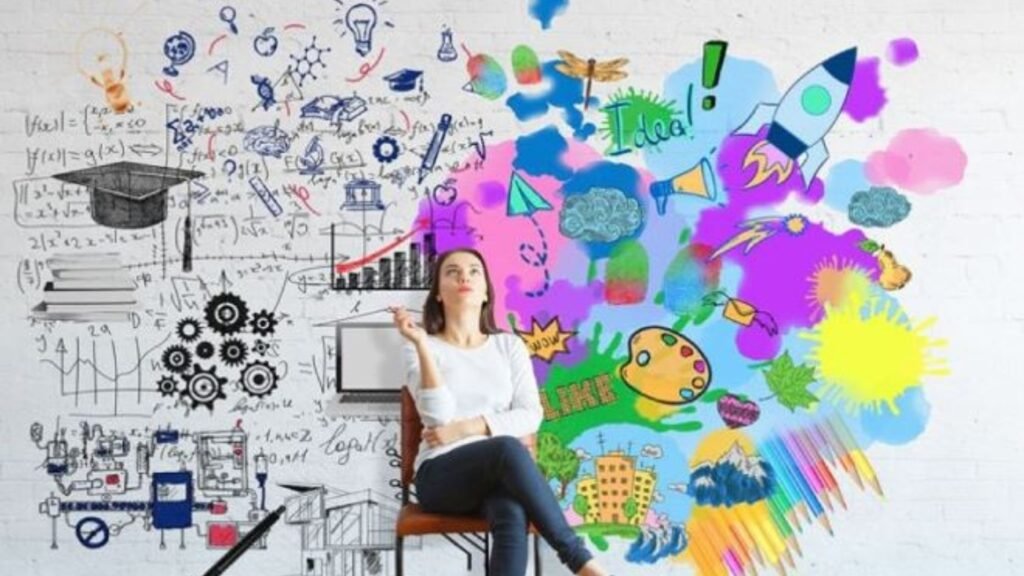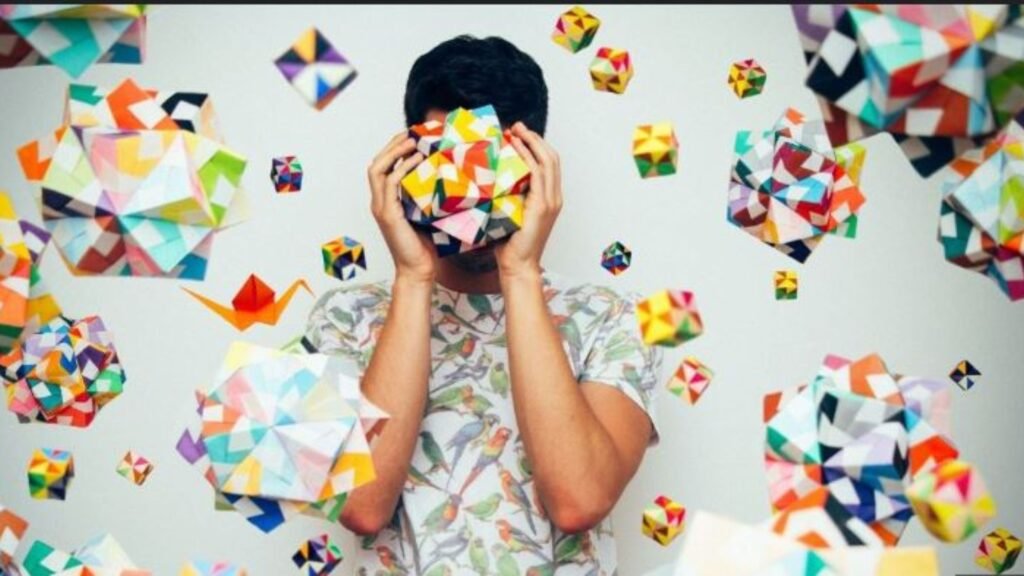How arts education enhances creativity goes beyond teaching students how to draw, paint, or perform. It plays a vital role in shaping how young people think, solve problems, and express themselves. Arts education gives students the tools to approach challenges with fresh perspectives, making creativity a core part of their development. As students engage in artistic activities, they learn to think outside the box, which leads to enhanced creativity in all areas of life.

1. Encouraging Self-Expression and Originality
Arts education enhances creativity by giving students an outlet for self-expression. Through music, dance, visual arts, or theater, students learn to express their emotions, thoughts, and ideas in ways that words alone may not allow. This creative freedom fosters originality, as each student brings their own unique experiences and perspectives to their work.
Additionally, self-expression helps build confidence. When students create art, they develop a sense of pride in their work, which encourages them to take creative risks. This willingness to experiment and explore new ideas is the foundation of creativity.
2. Enhancing Problem-Solving Skills
One of the most significant ways arts education enhances creativity is through its impact on problem-solving skills. Artistic projects often require students to think critically, consider multiple perspectives, and find innovative solutions to challenges. For example, when students work on a group theater performance or design an art piece, they must make decisions about how to execute their vision.
These creative problem-solving skills transfer to other academic subjects and real-life situations. By learning to navigate artistic challenges, students develop the ability to approach problems with an open mind and think creatively in all areas of life.
3. Fostering Collaboration and Communication
Collaboration is another key way arts education enhances creativity. Many artistic endeavors, such as ensemble music or group performances, require students to work together, share ideas, and communicate effectively. Collaboration fosters creative thinking because students must combine their individual talents to create something new and meaningful.
As students work in teams, they learn to listen to different perspectives, incorporate feedback, and develop collaborative solutions. This teamwork builds creativity because it exposes students to diverse ideas, sparking inspiration and innovation. Arts education helps students become better communicators and more creative collaborators.
4. Inspiring Emotional and Cognitive Development
Arts education enhances creativity by encouraging emotional and cognitive growth. Engaging in art stimulates both the emotional and intellectual aspects of the brain, allowing students to connect deeply with their work. By exploring various emotions through art, students develop empathy, self-awareness, and emotional intelligence.
Cognitively, arts education challenges students to think abstractly and conceptually. Whether interpreting a complex piece of literature in drama class or composing a song, students are asked to process information in new and imaginative ways. This type of mental engagement strengthens creative thinking and helps students see connections between different ideas and disciplines.
5. Promoting Innovation and Adaptability
Creativity and innovation go hand-in-hand, and arts education enhances creativity by teaching students to innovate and adapt. In the creative process, students must often revise their ideas, experiment with new techniques, and adapt to unexpected changes. This flexibility is a hallmark of creativity, as it encourages students to remain open to new possibilities and continuously evolve their artistic skills.
By learning to embrace uncertainty and think on their feet, students develop a mindset that values innovation. This adaptability not only enhances their creativity in the arts but also prepares them for future challenges in a rapidly changing world.
Conclusion
In summary, arts education enhances creativity by encouraging self-expression, improving problem-solving skills, fostering collaboration, and promoting innovation. Through artistic exploration, students gain the confidence to take risks, think critically, and collaborate effectively with others. The benefits of arts education go beyond the classroom, helping students develop the creative skills necessary to succeed in all areas of life. As schools continue to prioritize STEM subjects, integrating arts education remains essential to fostering creativity and supporting well-rounded student development.

